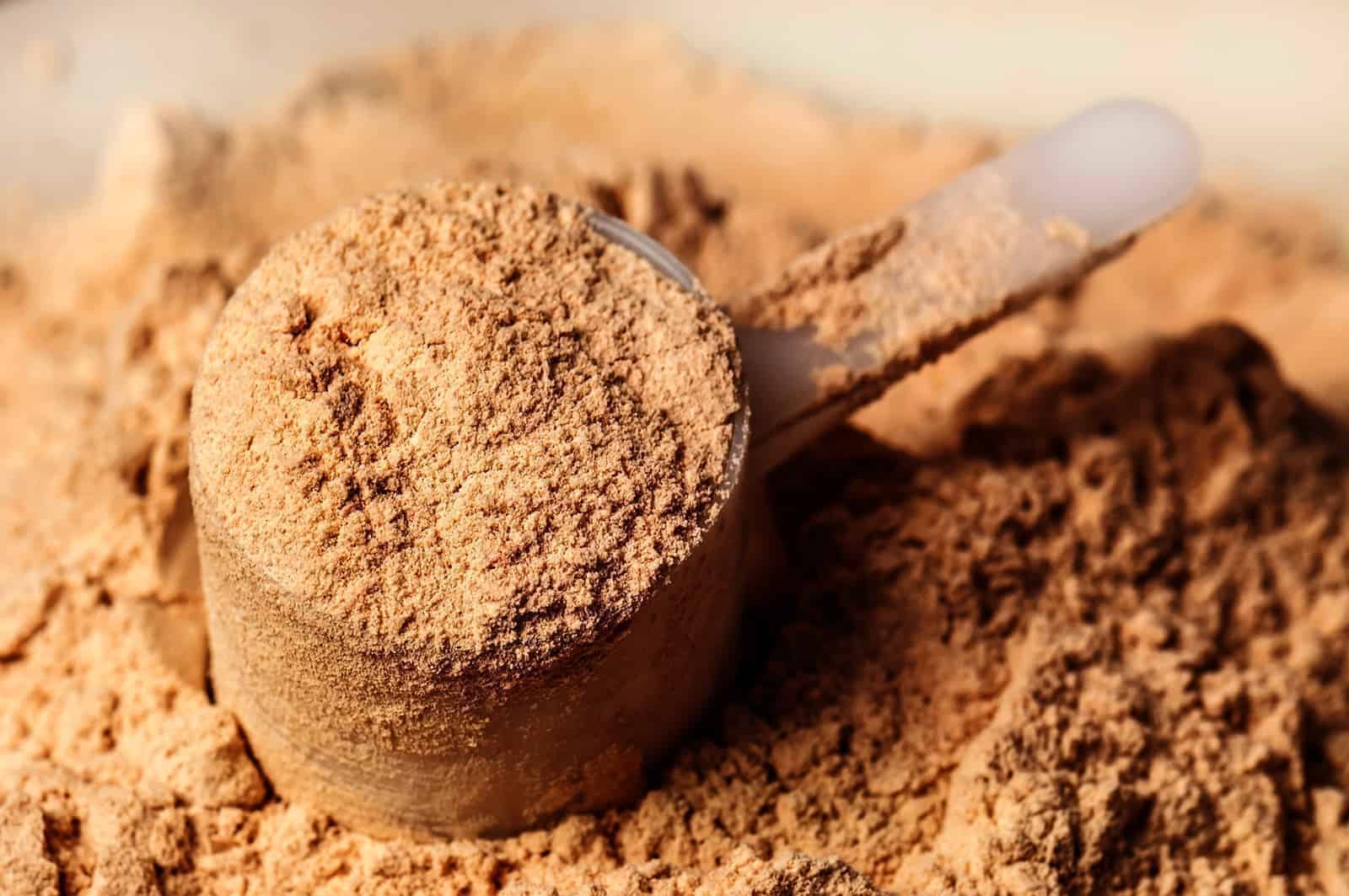The Probiotic and Prebiotic Puzzle

What we know and don’t know about these digestive health products
If you’ve watched television or flipped through a lifestyle magazine lately, you’ve probably seen advertisements for health products, such as yogurt, that “contain live cultures,” touting their benefits to your digestive system. Perhaps you even use one of these probiotic supplements yourself or give one to your horse. There are so many different species of microorganisms in the horse’s gut, however, that it’s difficult to know if a probiotic supplement is the type needed to benefit his well-being.
What researchers do know is that the equine gut microbiome (microbe population) is important for overall health.
“We tend to forget that a significant percentage of the immune system is located in the gut, which is critical for regulating immune homeostasis (stability) and health,” says Amanda Adams, PhD, assistant professor at the University of Kentucky’s Gluck Equine Research Center, in Lexington
Create a free account with TheHorse.com to view this content.
TheHorse.com is home to thousands of free articles about horse health care. In order to access some of our exclusive free content, you must be signed into TheHorse.com.
Start your free account today!
Already have an account?
and continue reading.
Written by:
Nettie Liburt, MS, PhD, PAS
Related Articles
Stay on top of the most recent Horse Health news with












